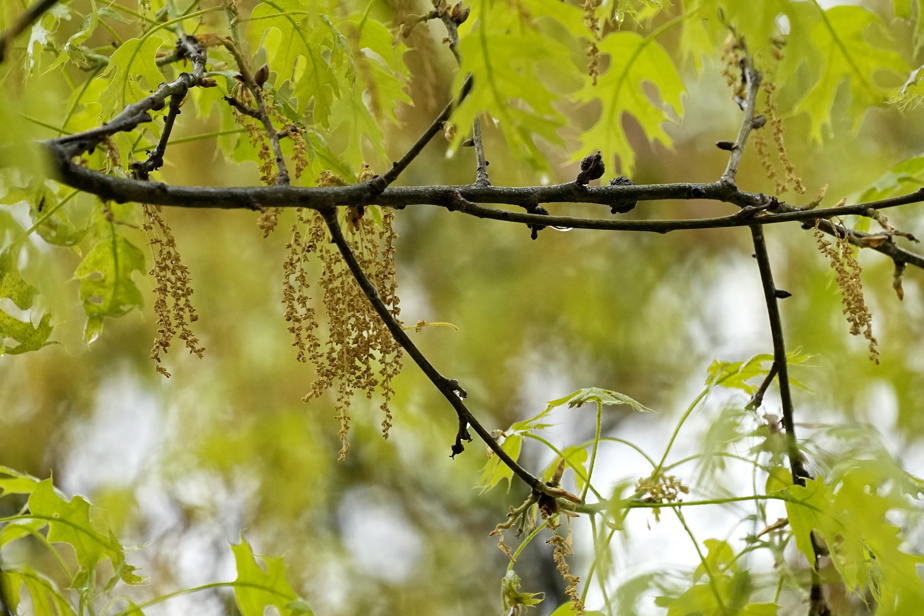A situation that is getting worse
10 years ago, one in five adults reported suffering from seasonal allergies. And the situation deteriorates, year after year. “Today, there are more than one person in four,” estimates the Dr Rémi Gagnon, president of the Association of Allergists and Immunologists of Quebec.
The main pollens that cause hay fever are those from trees, grasses and ragweed.
However, according to the Quebec Observatory for Adaptation to Climate Change (OQACC), the hotter summers that Quebec will experience in the years to come will favor the spread of ragweed in regions where it was not previously present. then not or only slightly present.
Likewise, due to climate change, early springs and late first frosts risk extending the hay fever season. “This is already the case in Europe, where grass seasons are much longer than here,” underlines the allergist.

PHOTO FRANÇOIS ROY, LA PRESSE ARCHIVES
Ragweed plants in Montreal
Preventive solutions?
According to a survey carried out in 2019 by the OQACC, more than half of Quebecers allergic to pollen have severe symptoms that affect their daily quality of life. In addition to the classic symptoms of hay fever, respondents report problems with productivity at work or in their studies, concentration and sleep.
There are some solutions, more or less drastic, to reduce exposure to pollen. Wear sunglasses outside, do not open the windows of your home or car too much, wash and change clothes as soon as you get home, avoid going out on days that are too hot or windy, install a system that recycles ambient air and includes a pollen filter…
But these solutions remain restrictive and a third of allergy sufferers admit that it is difficult to adopt them in their daily lives. “It doesn’t really make sense to lock people in their homes when we have therapeutic alternatives,” says Dr.r Gagnon.
What treatments?
Medications are also a solution that can be considered – 80% of allergic people say they use them. There are two types: antihistamines which treat the symptoms, and corticosteroids which directly attack the inflammation of the mucous membranes.
However, there is no such thing as a miracle cure: only a third of people who tried over-the-counter medications found them effective. Even those under prescription only helped reduce symptoms half the time. “Often, these medications are incorrectly prescribed,” explains the allergist. “We start them too late or we don’t take them long enough. »
As a last resort, it is possible to become desensitized. Thus, 16% of respondents said they were undergoing such treatment. But the process can take several years.
Address the cause?
The solution might be to tackle the problem at the root: directly reduce the quantity of allergens present in the air.
For example, ragweed uprooting campaigns were carried out in the 1930s in Gaspésie: a successful bet, since the plant is still little present in the region, almost a century later. Even today, the government recommends mowing or pulling out this weed which causes allergies in nearly a million Quebecers each year.
The OQACC also suggests avoiding planting particularly allergenic tree species (birch, poplar, ash) in densely populated neighborhoods. A study carried out by PaqLab – a research team from the University of Quebec at Montreal (UQAM) – is also underway to quantify the pollen present on the island of Montreal. By combining this data with a survey of people with allergies, scientists hope to be able to help the city better manage its urban forests.
“These are interesting avenues, because it is not trivial to have allergies, it leads to other health problems”, recalls the Dr Gagnon. “Some patients arrive at the end of summer depressed and tired. It’s important to take control of this with good approaches. »
